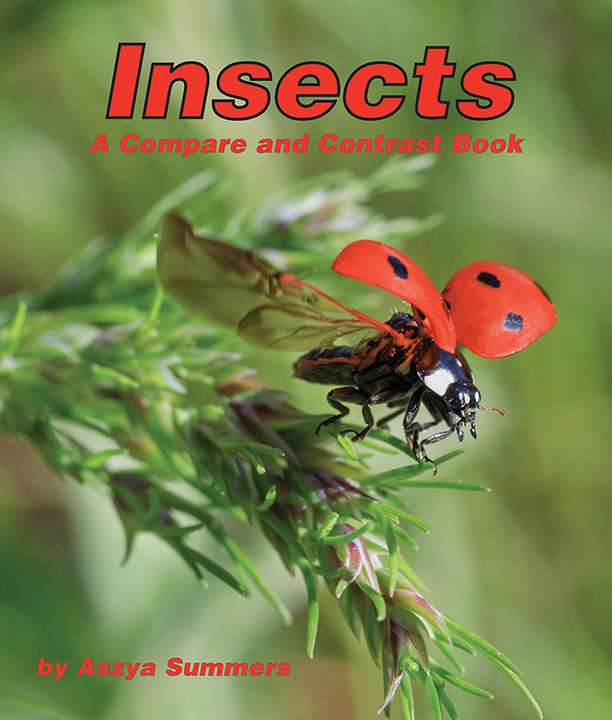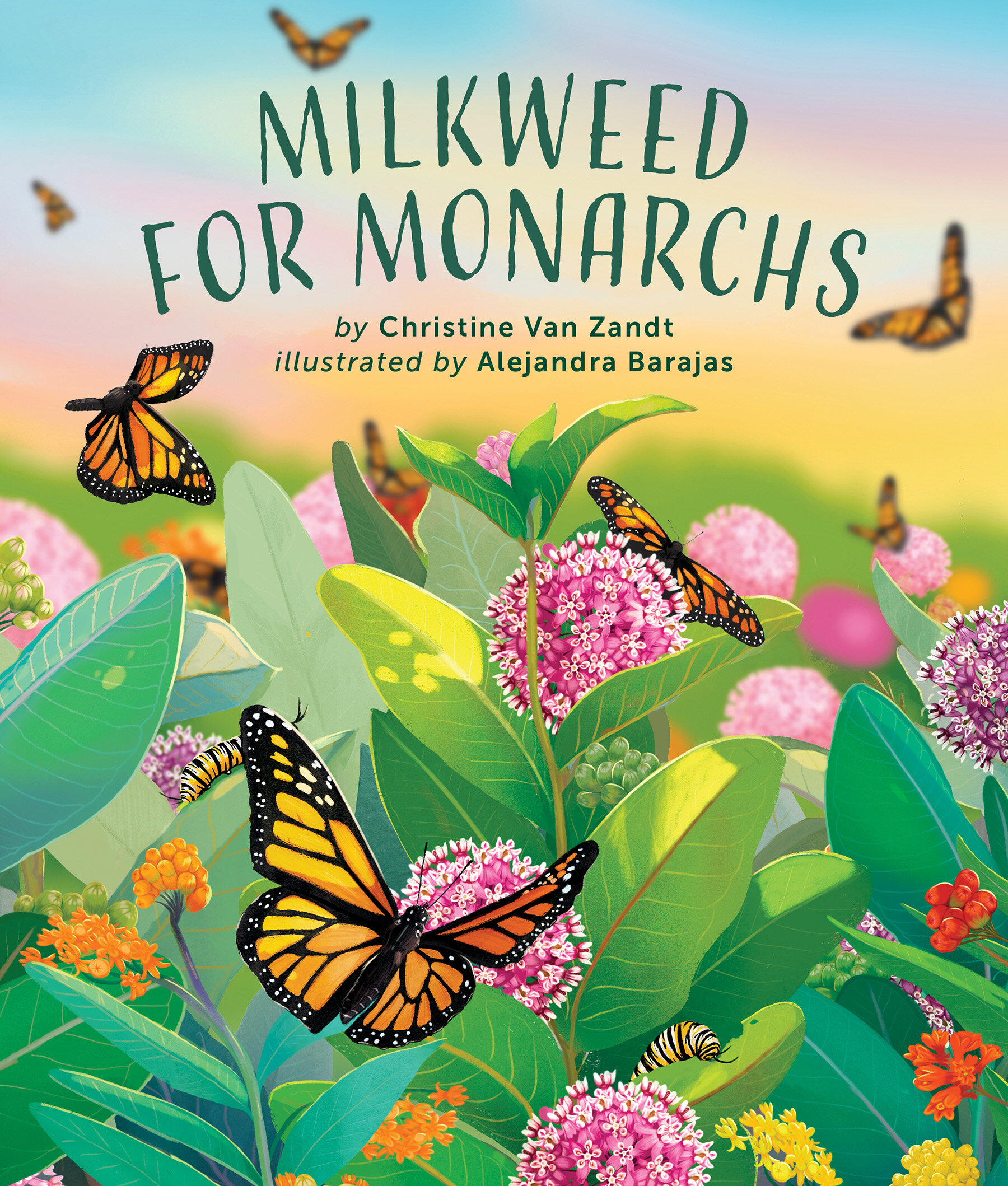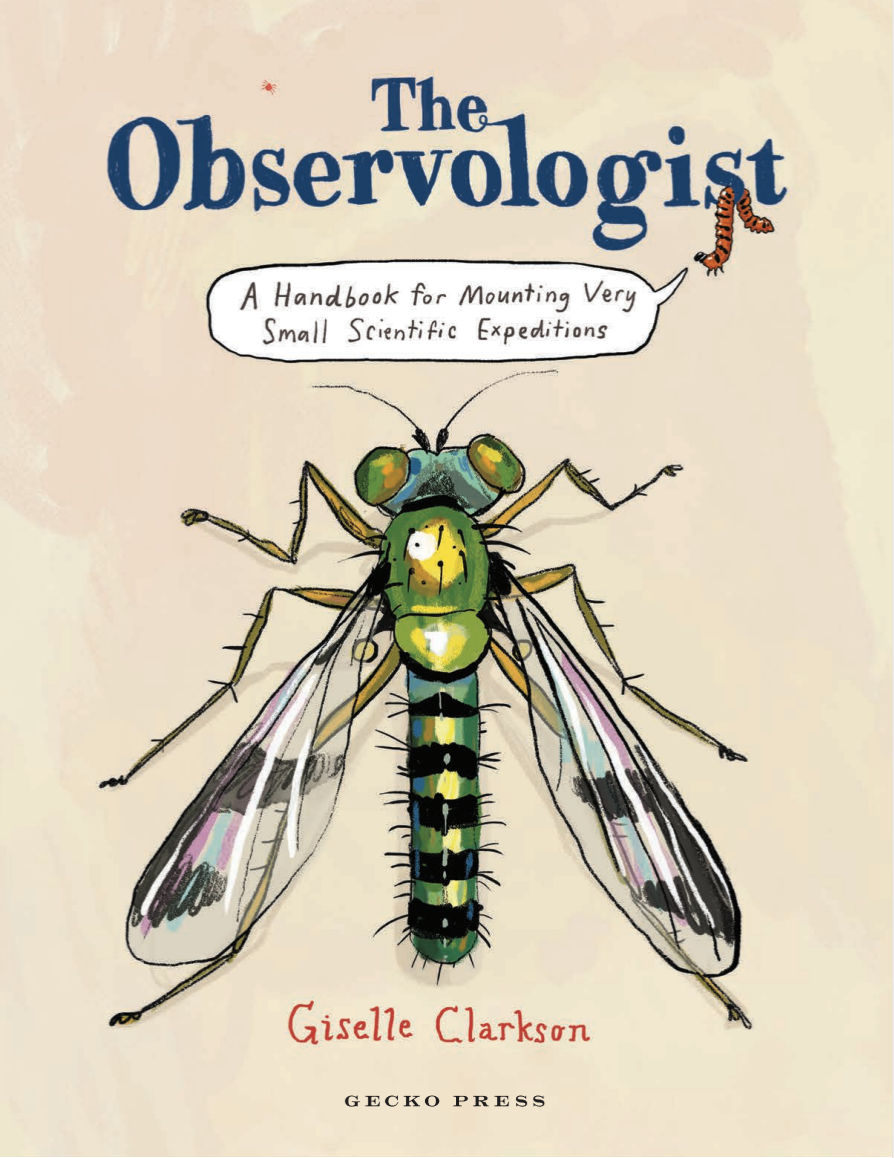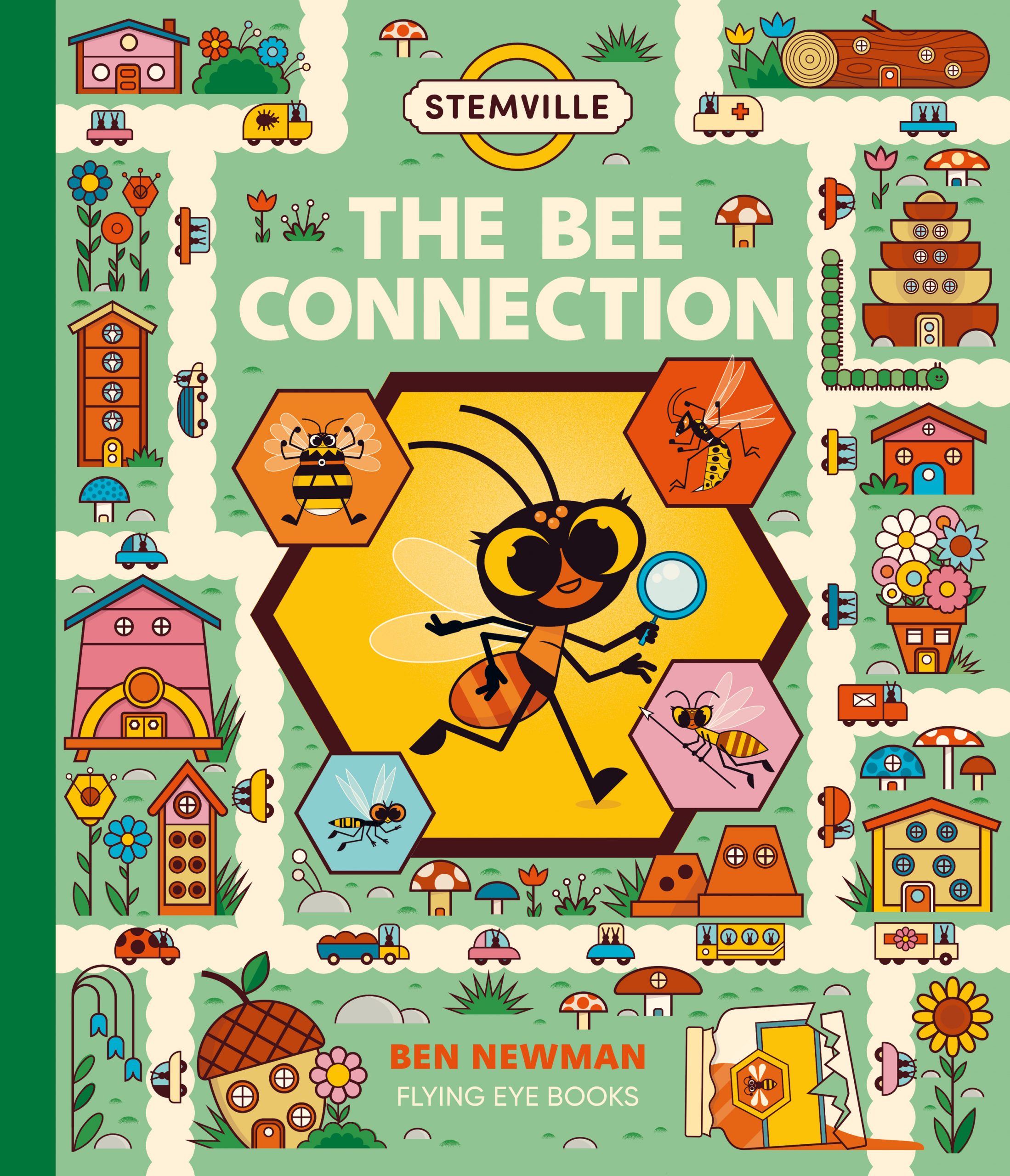Hot Off the Press Spotlight: Creepy Crawlies and Other Microscopic Marvels

The Hot Off the Press Spotlight segment showcases new books from our current Hot Off the Press list to further assist parents, teachers, librarians, booksellers, and other book enthusiasts in finding engaging books for all types of readers.
Did you know that butterflies taste with their feet? Or that ants can lift and carry more than fifty times their weight? Or that the queen of one type of termite species can lay up to 40,000 eggs in one day? Love ‘em or hate ‘em, there’s no denying that insects and the world they occupy can be captivating. Check out the following titles from our February Hot Off the Press list that hold up a magnifying glass to these mini, multi-legged creatures and the habitats that support them.

The Girl Who Loves Bugs, by Lily Murray; illus. by Jenny Løvlie (Peachtree) — Fiction, Picture Book, Science / Nature, Family / Community, Humor, ages 4-6.
A humorous, sweet story about what happens when a passionate girl brings her outside interest indoors.
Evie LOVES bugs, but no one around her seems to understand. While Evie would rather spend all her time outside studying insects, her moms hurry her indoors to prepare the house for company. Everything needs to be PERFECT for her Great-Gran and the rest of their extended family.
But Evie doesn’t want the fun to be over, and she has a great idea… to bring her bugs inside! Despite her best efforts to keep her little friends hidden, before she knows it the family reunion is totally ruined! With the unexpected help of Great-Gran—who turns out to be a bug-enthusiast too—Evie learns that her interest in bugs is what makes her special (and that the happiest place for bugs to be is outside where they belong).

Insects: A Compare and Contrast Book, by Aszya Summers (Arbordale Publishing, LLC) — Nonfiction, Picture Book, Animals, Science / Nature, Concepts, ages 4-6.
Did you know that there are more insects than any other group of animals? The diversity of insects is staggering. What do ants have in common with bees? What’s the difference between a butterfly and a moth? How are ladybugs and weevils related? Some insects have a set of wings, some have two sets but others might not have any. Some, but not all, insects have a hard outer shell (exoskeleton). Learn how insects are alike and how they are different in this latest addition to the Compare and Contrast Series.

Milkweed for Monarchs, by Christine Van Zandt; illus. by Alejandra Barajas (Beaming Books) — Nonfiction, Picture Book, Science / Nature, Animals, Environment / Sustainability / Recycling, ages 4-6.
Bold, gold, the chrysalis gleams. And deep down inside . . . the butterfly dreams.
Every year, monarch butterflies migrate to warmer climates for overwintering months. However, changing environments make it continually more difficult to find food and places to lay eggs. In this nonfiction picture book, the monarch’s life cycle is detailed in lyrical verse as stunning art accompanies each stage in the butterfly’s life.
The most recognizable butterfly, monarchs are classified as a vulnerable species by the IUCN, and face drastic challenges when it comes to locating food sources–milkweed. Milkweed for Monarchs is the perfect resource for young readers to learn more about these beautiful insects and how they can foster monarch-friendly environments in their own backyard. Backmatter includes actionable ways for readers to help this vulnerable species.

The Observologist: A Handbook for Mounting Very Small Scientific Expeditions, written & illustrated by Giselle Clarkson (Gecko Press) — Nonfiction, Picture Book, Science / Nature, Animals, STEM / STEAM, ages 7-12.
A highly illustrated, playful field guide for budding natural scientists and curious observers of the world right under our noses.
Observology is the study of looking. An observologist makes scientific expeditions, albeit very small ones, every day. They notice interesting details in the world around them. They are expert at finding tiny creatures, plants and fungi. They know that water snails glide upside down on the undersurface of the water; not all flies have wings; earthworms have bristles; butterflies taste with their feet. An observologist knows that there are extraordinary things to be found in even the most ordinary places.
The Observologist puts over 100 small creatures and features of the natural world under the microscope, piquing our curiosity with only the most interesting facts. Subjects range from slugs, ants and seeds, fungi and flies through to bees and bird poop.
But this is no everyday catalog of creatures. It is an antidote to boredom, an invitation out of the digital world and screen time, an encouragement to observe our environment, with care and curiosity, wherever we are.

STEMville Stories: The Bee Connection, written & illustrated by Ben Newman (Flying Eye Books) — Nonfiction, Prose, STEM / STEAM, Environment / Sustainability / Recycling, Nature / Science, ages 7-12.
Inventive illustrations paired with narrative and non-fiction elements introduces young readers to the world of bees.
Mason B. Chandler is a detective and solitary bee on a mission, and she needs your help to solve a mystery in Bug Borough.
As Mason follows clues through Bug Borough, you’ll discover everything there is to know about bees! Learn all about the different types of bees, their homes, how they communicate and what you can do to help look after them.
For more great book suggestions, be sure to check out the full February Hot Off the Press list!
List compiled by CBC’s resident book connoisseur, Brooke Pisarsky. Check out other Hot Off the Press Spotlight book lists on our blog.

